10 mortons neuroma symptoms
 Article Sources
Article SourcesMorton’s neuroma occurs when a nerve at the base of the toes becomes thick or swollen. This condition can cause pain and numbness in the foot or toes, and people with a Morton’s neuroma may continuously feel like they have a pebble trapped in their shoe. Symptoms of Morton’s neuroma tend to worsen over time, and wearing high heels or tight shoes may be a risk factor for developing the condition. Keep reading to learn more about the symptoms of Morton’s neuroma and how they differ from other causes of foot pain.
Pebble Sensation
One Morton’s neuroma symptom is the sensation of a small rock or pebble stuck in the shoe, even when there’s nothing there. Some people describe feeling like they have something stuck between their toes or like their sock is folded. A Morton’s neuroma is a swollen nerve in the foot, and this swollen nerve can cause the false sensation that something is poking the bottom of the foot or the area between the toes.[[1]]
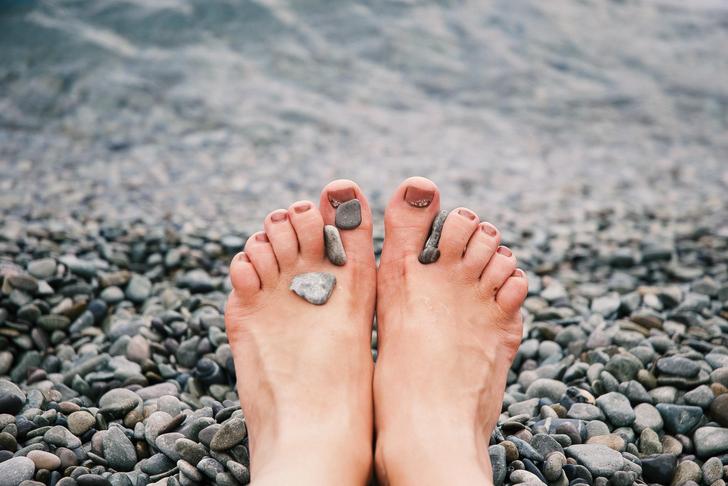
Advertisement
Burning Pain
Another common symptom of Morton’s neuroma is a burning pain in the ball of the foot. This pain may be sharp or feel like a stabbing sensation, and it usually occurs very close to the affected nerve. The worst pain is likely to be experienced in the area near the base of the toes, but the burning sensation may radiate out to the surrounding foot and into the toes.[[2]] In some cases, people may experience pain that radiates throughout the foot or causes leg cramps.[[3]]
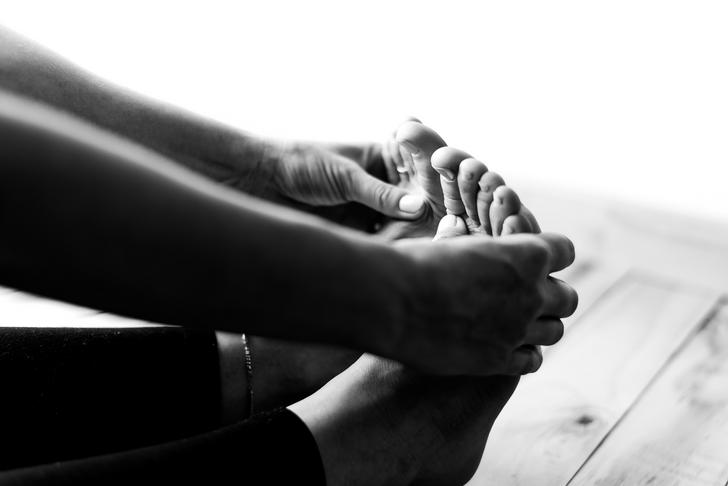
Advertisement
Tingling and Numb Toes
Morton’s neuroma most often involves a swollen nerve between the third and fourth toes but can also occur on the nerve between the second and third toes.[[2]] The swollen nerve may limit sensation in the affected toes. A tingling sensation or numbness in these toes may be a symptom of Moton’s neuroma.[[1]] Doctors may check for numbness in the webbed area between the toes when diagnosing Morton’s neuroma.[[1]] However, many patients don’t experience numbness.[[3]]
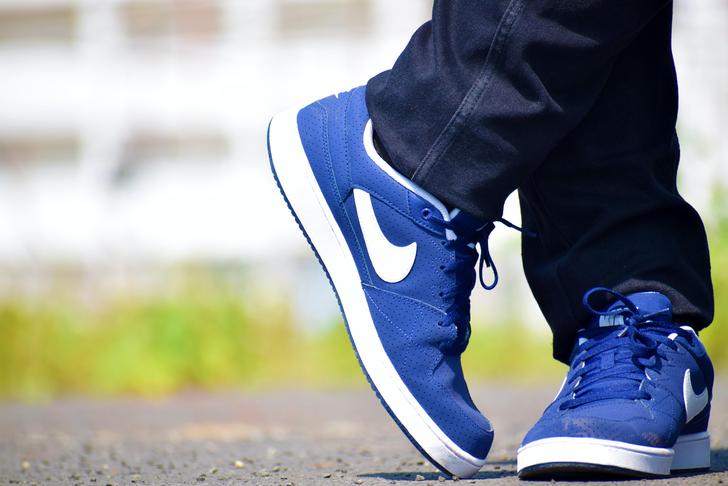
Advertisement
Pain Worsens With Time
Fractures and other injuries may cause sudden and immediate pain. However, the symptoms of Morton’s neuroma may happen gradually and get worse with time.[[4]] Pain may also increase when pressure is put on the foot. Tight shoes, high heels, and activities such as running may worsen symptoms.[[4]] However, the pain may subside when pressure is removed and the foot is able to rest. Morton’s neuroma doesn’t usually cause overnight pain.[[2]]

Advertisement
Mulder’s Click
If Morton’s neuroma is present, squeezing the foot may produce a clicking sound or feeling from between the toes.[[2]] This sign of Morton’s neuroma, known as a Mulder’s click, may also feel like a crunching sensation in the foot.[[3]] The click is caused by displacement of the neuroma when the foot is squeezed.[[5]] Mulder’s click can be useful to doctors when attempting to diagnose the cause of foot pain.[[6]]
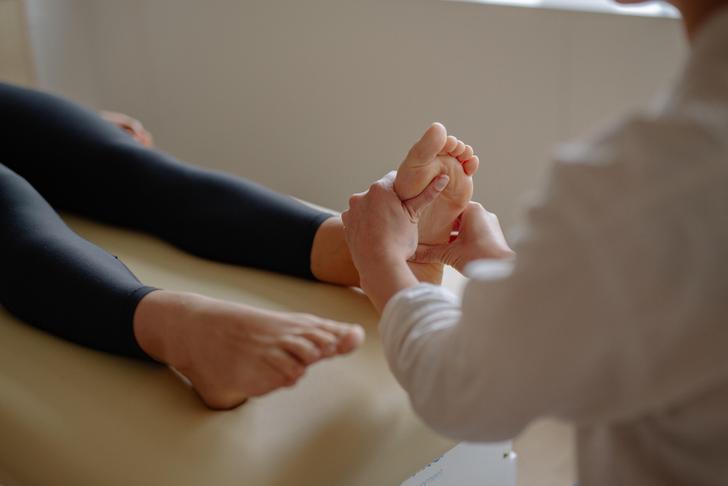
Advertisement
Pain in a Single Area
Pain in an isolated area at the base of the toes can be a symptom of Morton’s neuroma. Because the condition typically affects a nerve at the base of the toes, pain that originates from another area is rarely caused by Morton’s neuroma.[[1]] The condition typically only develops in one foot at a time, so pain in both feet could have a different cause. Squeezing or pressing on the neuroma is likely to trigger pain that doesn’t occur if other areas are squeezed.[[1]]

Advertisement
Pain Improves With Rubbing and Rest
Massaging the foot can offer some relief from symptoms of a Morton’s neuroma.[[1]] Stretching the foot, flexing toes, and sitting down may also provide relief. These actions can reduce the pressure on the swollen nerve and help ease the symptoms. Wearing soft-soled shoes or special neuroma pads that reduce pressure on the affected nerve may also help with associated pain.[[3]] These methods may not provide the same relief if the pain has another cause, such as a broken bone or arthritis.
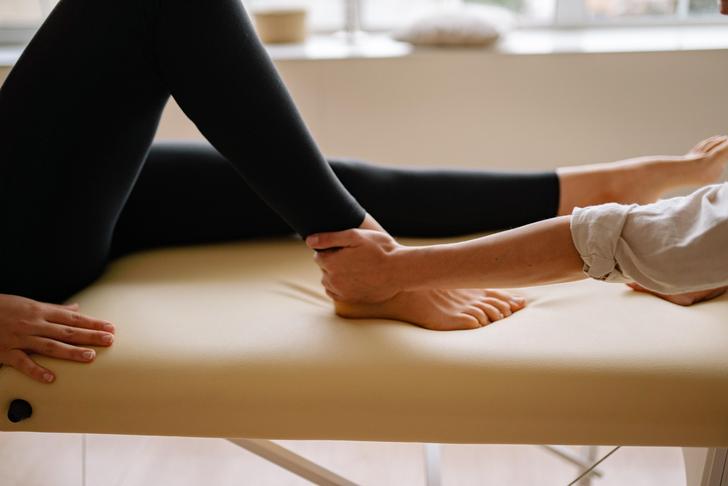
Advertisement
Other Problems Not Found
Foot pain may be a symptom of Morton’s neuroma when there’s no other cause found. Although it’s generally not possible to see a Morton’s neuroma on an X-ray, doctors use X-rays to rule out other possible causes of pain.[[1]] Fractured bones, arthritis, and malignancies can also lead to pain in the feet and toes.[[3]] An ultrasound or MRI can also help confirm the diagnosis.[[1]] Doctors may compress the foot during the ultrasound to better determine whether a neuroma is present.[[7]]
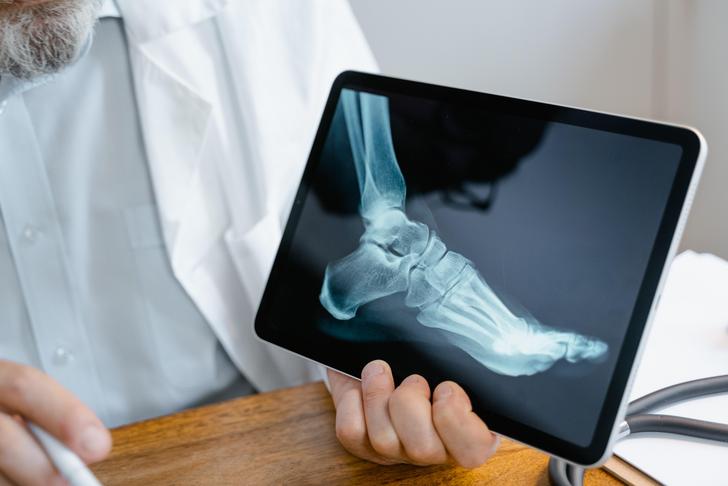
Advertisement
History of Tight Shoes
Morton’s neuroma symptoms are more common in people who spend many years wearing high heels or shoes with narrow toes. Having abnormally positioned toes, high arches, or flat feet may increase the likelihood of Morton’s neuroma.[[4]] Repetitive foot injuries may also lead to the condition.[[8]] Compression and injuries can cause the nerve between the toes to grow thicker or swell, creating a Morton’s neuroma.[[8]]

Advertisement
Treatments
Some people are able to recover from Morton’s neuroma by adjusting their lifestyle and footwear. Wearing shoes with plenty of toe room, low heels, and good arch support can be helpful.[[1]] Doctors may also provide pads, splints, or other orthotics to reduce pressure on the affected nerve.[[3]] Anti-inflammatory medications and nerve blockers can also be helpful.[[4]]. In severe cases that don’t respond to other treatments, doctors may recommend surgery to remove the neuroma.[[3]]

Advertisement





